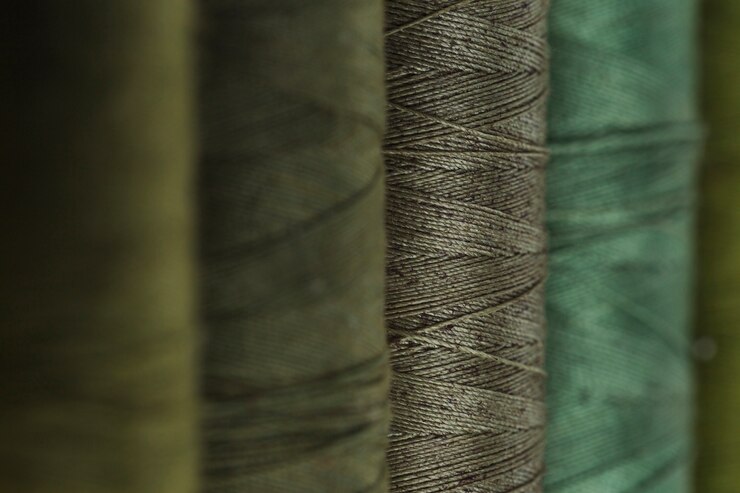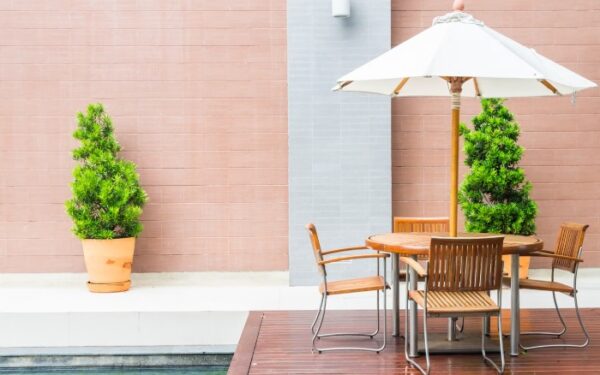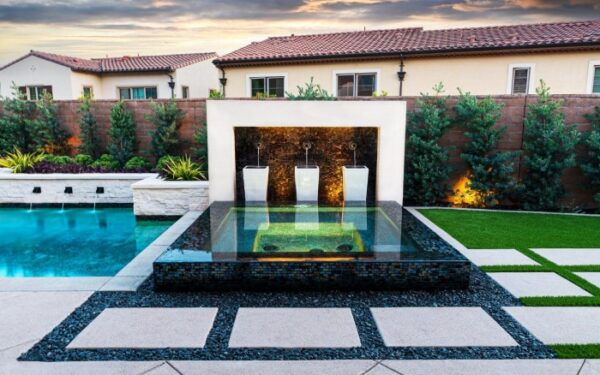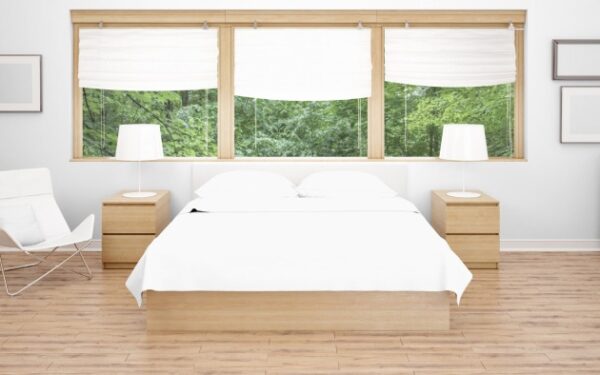The Top Benefits of Using Eco-Friendly Fabric in Your Home

Using eco-friendly fabric reduces your environmental footprint. Many conventional materials harm the environment, from using pesticides on cotton farms to polluting the earth and water with toxic chemicals. On the other hand, eco-friendly fabric limits damage to our planet and protects the health of people who wear it.
The most popular sustainable fabrics include bamboo, hemp, and organic cotton. These natural fibers are not treated with pesticides and require less water to grow than conventional cotton. They are also antimicrobial, moth-resistant, and cool (as they lower the body’s temperature).
Moreover, eco-friendly fabric is often made with recycled materials that would otherwise be sent to landfills or the ocean. Lastly, some sustainable, eco-friendly fabric companies make their clothes locally. This helps the local economy and decreases air pollution from long supply chains.
It also encourages the humane treatment of workers. When looking for eco-friendly fabric, choose transparent brands about their ethical practices and manufacturing processes. They should have labels like Oeko-Tex Standard 100 and GOTSR. These are independently evaluated by third parties to confirm sustainability claims.
Health
Sustainable fabrics aren’t only kind to the environment; they’re also very kind to your skin. That’s because eco-friendly material doesn’t use harmful chemicals in its production process, so it’s much less likely to cause irritation or aggravate allergies. Many of these fabrics are naturally hypoallergenic and resistant to bacteria and fungus.
Organic cotton is a great example of an eco-friendly material that’s good for your skin. This natural fiber is grown without chemical pesticides or fertilizers, making it far less likely to irritate your skin and inflame allergies than synthetic fabrics like polyester. Another great option is bamboo, which can create a range of high-quality garments. Its strength and elasticity are comparable to cotton but require significantly fewer water resources to grow.
Additionally, bamboo can be dyed using a closed-loop system, which enables the solvents and chemicals used in production to be recycled and reused. Finally, sustainable silk can make various beautiful dresses and other clothing items. It’s a luxurious and stylish option, and you can be sure that the fabric was produced ethically, with the well-being of the workers in mind.
Comfort
Sustainable fabrics aren’t just better for the environment; they are a lot more comfortable. Many eco-friendly materials use little to no harmful chemicals in their production, which means they’re gentler on your skin than traditional synthetic fabrics. In addition, eco-friendly materials like cotton are grown without pesticides and other harsh chemicals that can irritate your skin. Hemp, another sustainable fabric option, is naturally anti-bacterial, hypoallergenic and breathable.
Bamboo is a fast-growing plant that doesn’t need any water or pesticides to grow. Other eco-friendly, comfortable fabrics include sateen, made from long-staple Egyptian cotton and woven using a four-over-one-under plain square technique. This gives sateen sheets, duvet covers, and pillowcases a smooth, soft sheen. If you’re looking for a softer feel than sateen, try Tencel (Lyocell), made from wood pulp in a closed-loop process that reduces waste and uses less energy. It’s also durable and silky to stand up to daily wear. And, just like sateen, it’s hypoallergenic and breathable.
Style
Eco-friendly fabrics are often less expensive than their synthetic counterparts and don’t need to be treated with toxic chemicals. That means they’re easier to maintain and last longer. Buying sustainable fabrics also reduces your carbon footprint by decreasing the amount of fabric waste. Ninety-two million tonnes of material are in landfills yearly and can decompose for decades. The best choice is natural, breathable cotton, wool and linen fabrics.
These are low-toxin, renewable and biodegradable. They can also be produced closer to home. They have less environmental impact than cotton, which requires huge amounts of water and pesticides to grow. It’s important to look for a label that verifies sustainability claims. If possible,This ensures that the company has an ethical supply chain. Look for fabrics that are made from recycled materials, too. That’s a great way to give new life to old garments and help create a circular economy. This will reduce the demand for new fibers, the need to develop synthetic supplies and reduce plastic pollution.
Value
Using eco-friendly fabric for upholstery and drapery doesn’t mean you have to sacrifice style. It can be a great way to add a modern look to your home. Sustainable upholstery fabric is more durable than traditional fabrics, meaning it will last longer. Another benefit of eco-friendly material is that it’s made with natural ingredients. This helps to reduce the amount of chemicals and pesticides used during cultivation, which is good for people’s health.
Furthermore, it reduces the number of allergies caused by harmful substances. Hemp fabric is also eco-friendly, requiring minimal water and no pesticides during cultivation. It’s also biodegradable and produces more fiber per acre than cotton. Another advantage of eco-friendly fabric is that it’s made by workers who are paid a fair wage.
This is important because it creates a positive work environment and ensures all workers are happy. In addition, it minimizes the costs that businesses incur during production, which is great for their bottom line. Moreover, it’s also a great way to attract consumers interested in supporting responsible brands.





